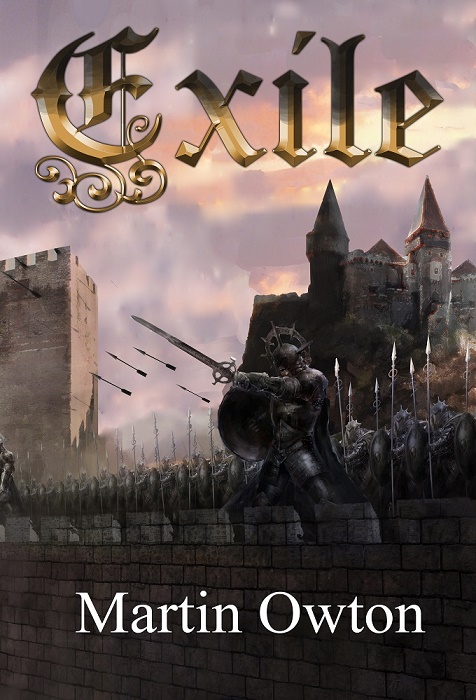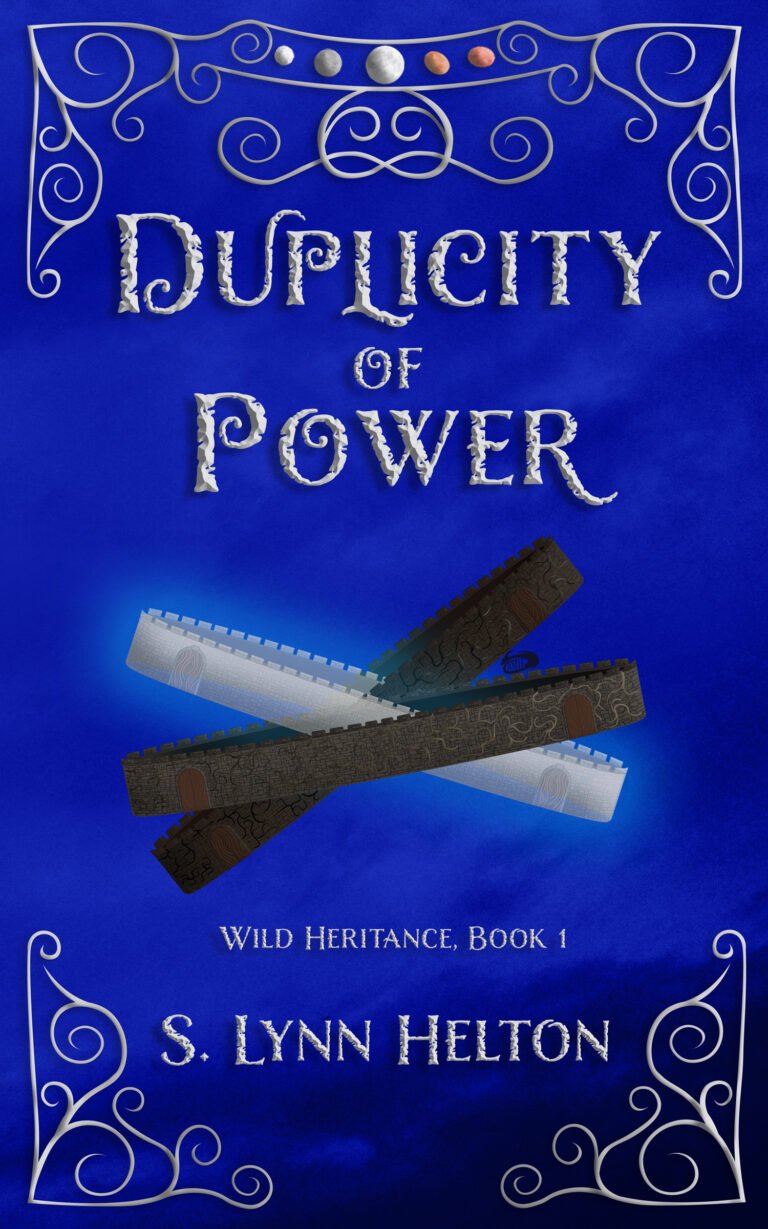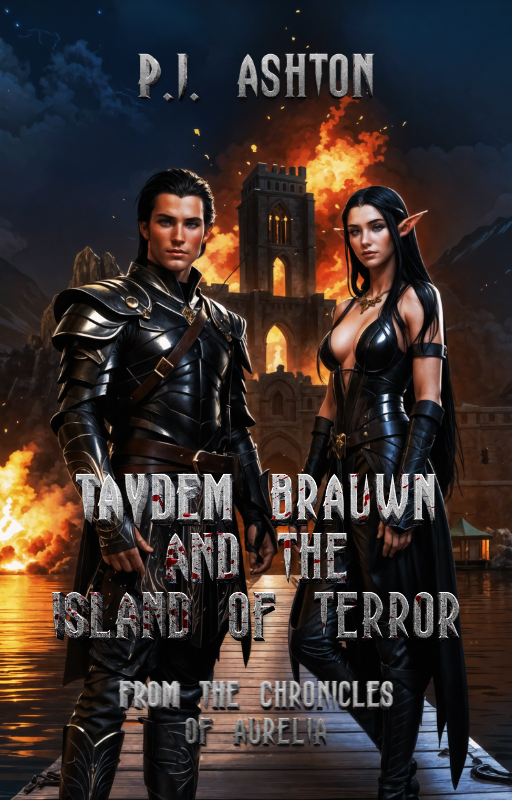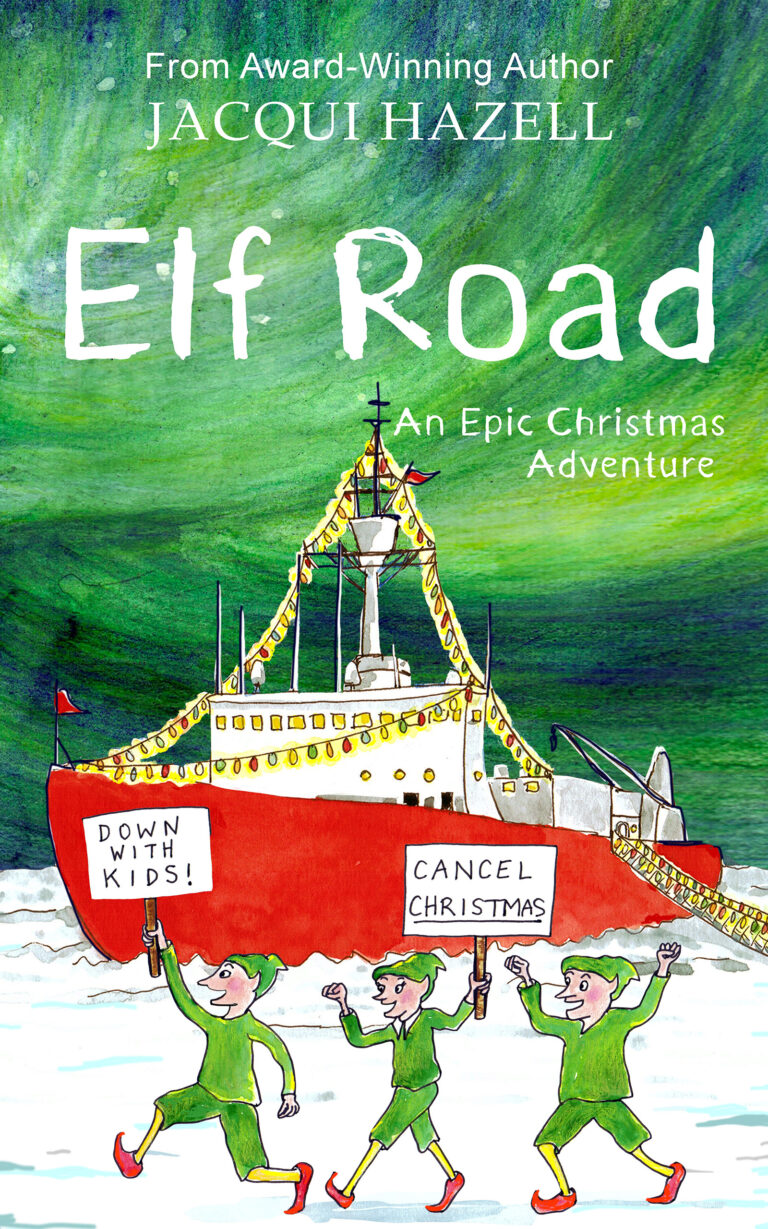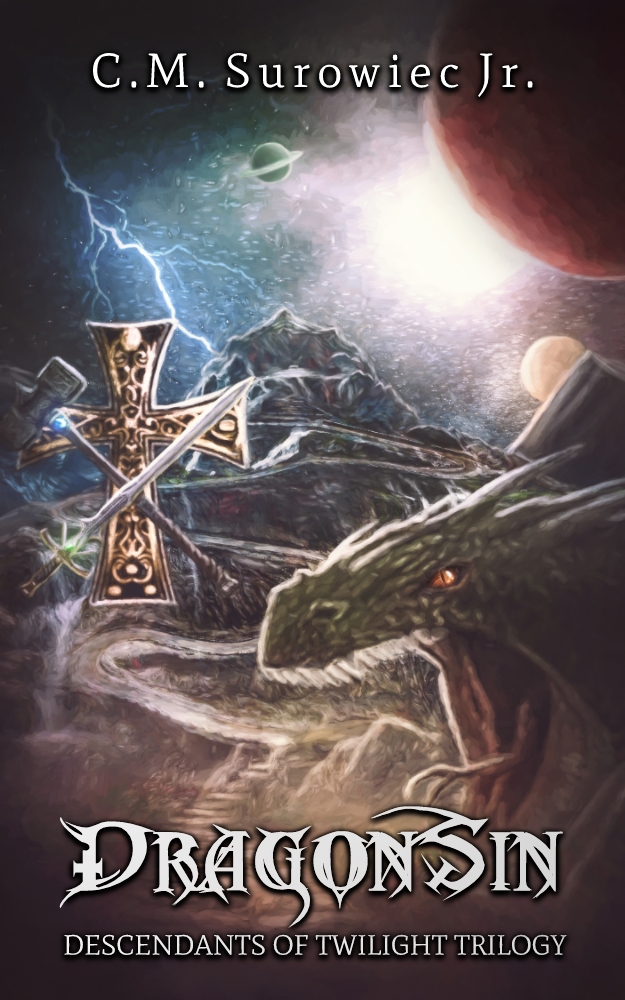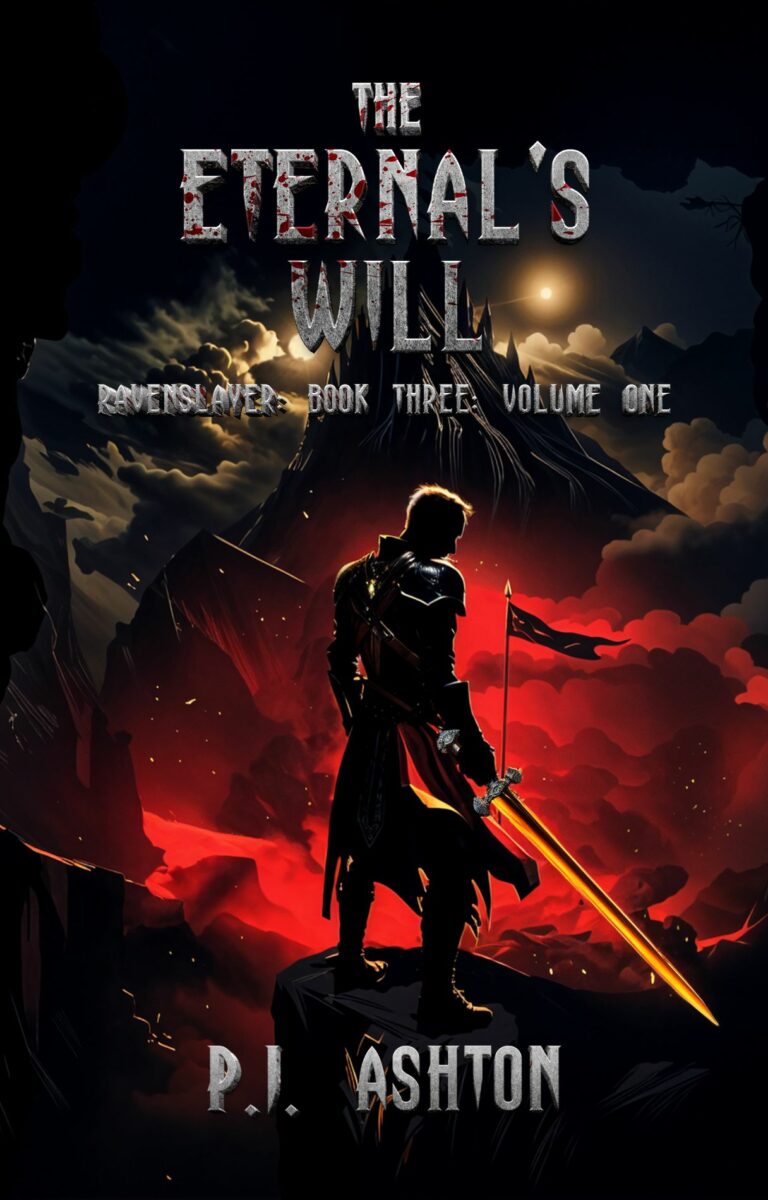There’s no avoiding it: violence sells. From video games to movies to books, human on human conflict is a tantalizing plot device, and we humans crave to digest and witness more and more of it. And when it comes to literature, violence often plays a significant role in forwarding our plots, creating antagonists, and in many cases, formulating a central event that may drive the rest of the story.
But in order to be an effective plot device, authors need to ensure that within any work they publish, the reader is not desensitized to the nature of the violence within the world they are creating. It must be escalated in a natural fashion, or presented in surprising manners that catch the reader off guard. But if the violence is too extreme, too graphic, or too common, you might lose your reader.
There must be a purpose behind a violent act if you want it to play an important role within the backstory or plot of any novel. It must inter-wind with the motives and actions of the characters, and somehow create a relevant and realistic impact within your world. This way, the reader, like the characters who have witnessed, suffered, or caused this violence, finds it to be a believable event with ramifications that continue long after the event has occurred. This adds to the layering of your story, making it more deeply felt, enjoyed and remembered.
There must be a purpose behind a violent act if you want it to play an important role within the backstory or plot of any novel.
If, on the other hand, someone is getting shot every chapter, and the characters surrounding this event do not react appropriately to it, the reader will likewise not look at these violent acts as highly relevant events.
This sort of methodology does not just apply to violence; any plot device overused or used inappropriately will cause you to lose your audience. Make everything matter to your characters, and they will matter to your reader.


